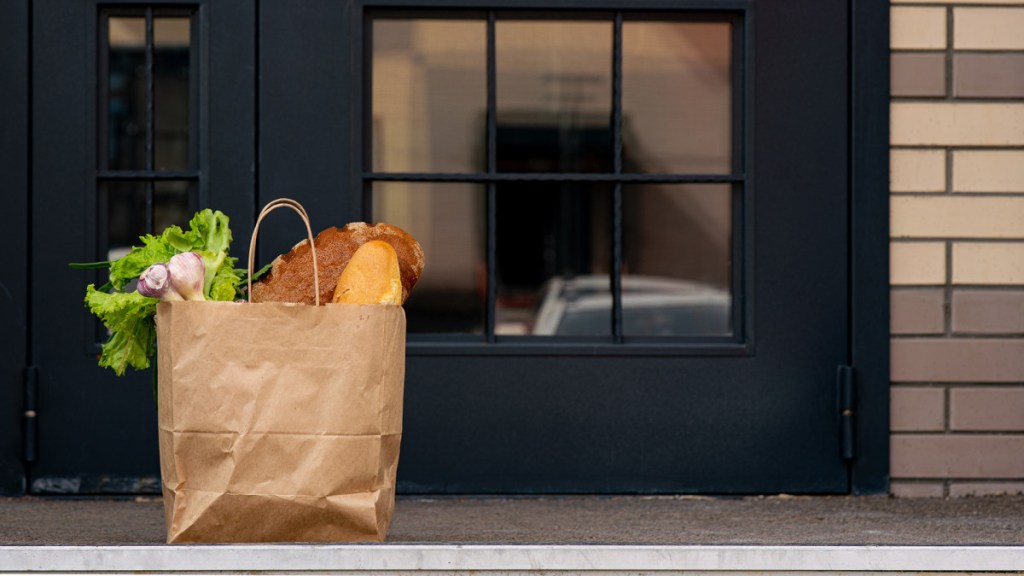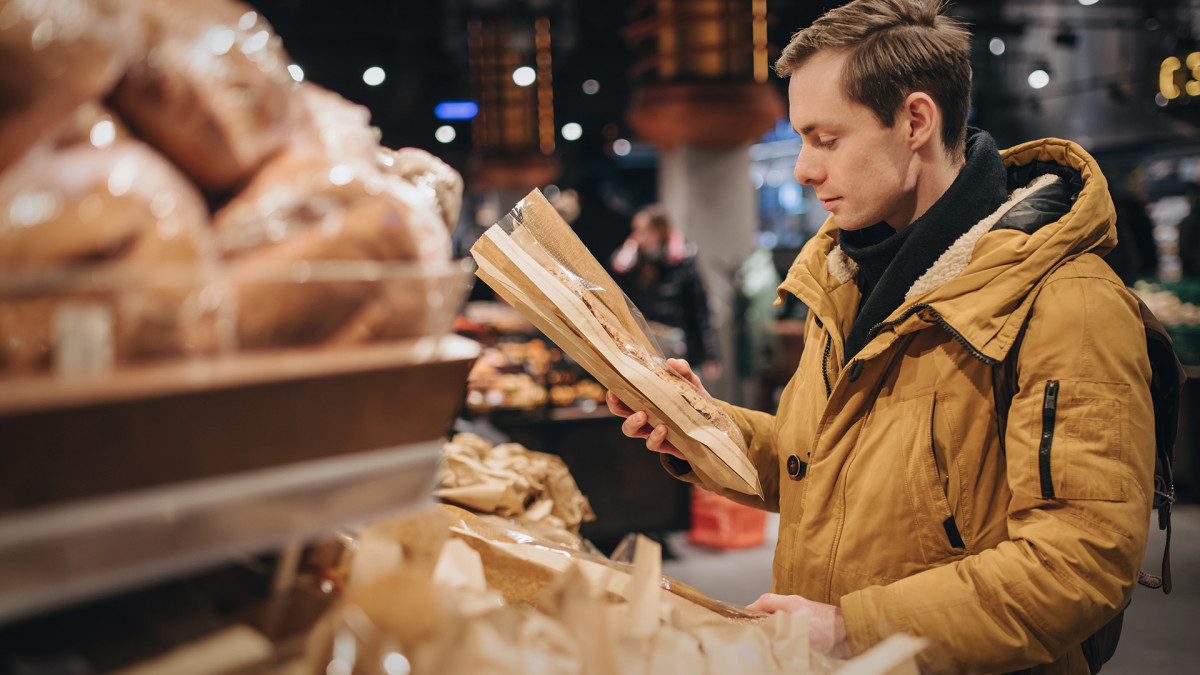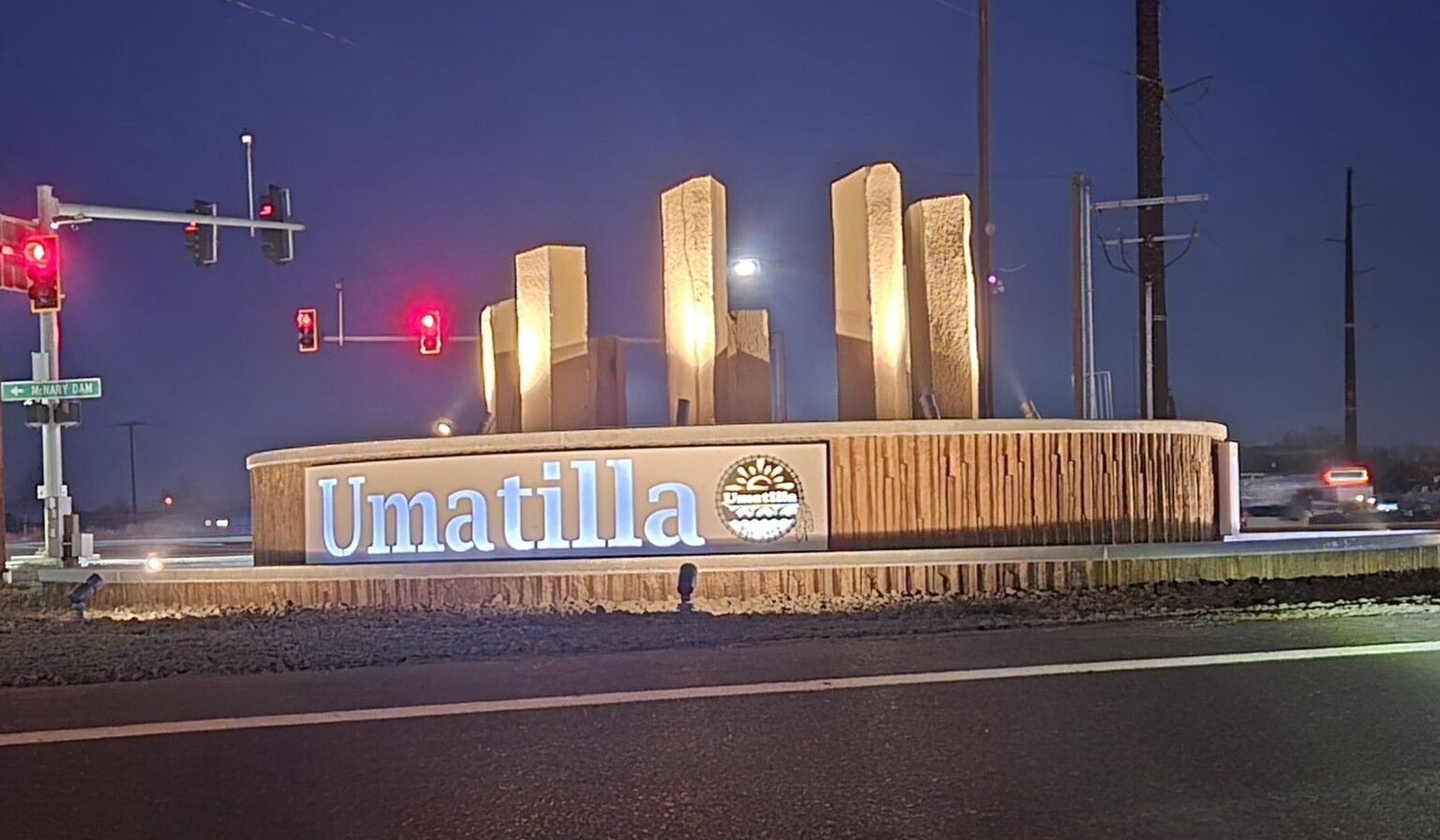Major grocery store rolling out big change that may annoy customers
Published 4:03 pm Wednesday, February 14, 2024

- groceries
If you’ve ventured into a grocery or drug store recently, chances are you’ve noticed some changes.
Trending
Just a couple of years ago, most stores had the normal precautionary measures in place to ensure goods weren’t shoplifted or stolen. This might have meant a cashier on tap to help with purchases — or at the very least, self checkouts with cameras. Some more upscale stores, as at a department or high street retailer, might have security tags and sensors at the entrance.
Related: Target bringing back a customer favorite (to save you money)
And most of the time, those sensors went off because a tag wasn’t properly removed during the very honest checkout process, or because it was simply acting up that day.
Trending
These days, though, the retail experience can be quite a bit trickier. An uptick in inventory shrink, or the industry term for a loss of goods not due to sales but rather because of theft or damage, has beleaguered retailers. And many of them are at a loss for how to stave off the phenomenon.
Large retailers such as Target, Dollar Tree, Home Depot, T.J. Maxx, Kohl’s, Walmart, Best Buy, Foot Locker, Walgreens, and CVS have all cited shrink as a cause for concern when it comes to financial performance or employee and customer safety.
In 2023, Target CEO Brian Cornell told investors that inventory loss was “well above the sustainable level where we expect to operate over time,” and that the retailer was struggling with “an unacceptable amount of retail theft and organized retail crime.”
Cries about the same issue can be heard from all around the retail landscape, and some stores have taken drastic measures. Drugstores in cities like Washington, D.C. have resorted to putting most high-interest goods behind locked plastic bins or behind the cashier counter, forcing customers to ring for assistance to buy simple things like toilet paper.
Image source: Shutterstock
Grocery chain gets creative to fight crime
Others have taken different approaches. Some more lenient retailers simply allow thieves to walk away unbothered, as long as they are nonviolent and don’t exceed a set limited value of merchandise.
But Safeway, the grocery chain owned by Albertson’s (ACI) , has begun instituting a policy which will verify that shoppers really did pay for what they have in their carts before they leave the store.
The store has begun to set receipt scanners near the entry and exit of stores across the larger San Francisco and Washington, D.C. metropolitan areas. The scanners intake a receipt after a shopper pays for his or her items and confirms that the items in the cart match up with the shopper’s total.
“Recent changes were made at select Safeway stores in Washington D.C. to maintain a safe and welcoming shopping experience for our customers,” Albertsons said in a statement. “Those updates include operational changes to the front end of the stores to deter shoplifting.”
Several locations have been confirmed to now have the scanners, including several in San Francisco and one in Wheaton, Md. The Wheaton location also has high-value items locked behind plastic bins, such as teeth whitening strips and allergy medications.
“Like other local businesses, we are working on ways to curtail escalating theft so we can ensure the wellbeing of our employees and foster a welcoming environment for our customers,” Albertsons said. “These long-planned security improvements were implemented with those goals in mind.”
And while the process might add a little bit of time to a grocery trip, several shoppers confirm it actually makes the experience nicer.
“Brazen shoplifting appears to be way less common to me (haven’t personally seen any since the security updates, I used to see it probably 20% of the time),” one Redditor said of the Webster, San Francisco location with the new scanners. “There are always baskets and carts available to use, products that were previously never available because they were always stolen can now usually be found (like nice olive oil, honey), and they added self-checkout capacity so it doesn’t take as long to get out once I’m done shopping.”
“The Safeways on Mission [in San Francisco] also updated. Same experience as others,” another wrote. “The shoplifting, at least from my own experience walking into Safeway for groceries, has dropped from at minimum one incident every time I went to shop to zero since they updated security. That’s just my own bias experience.”
Some, however, are grappling with the new change.
“I went in to pick up my prescriptions and the damn scanner didn’t read my receipt. I had to wait for 5 minutes for another customer to pass through. Ugh!” a user complained.
“Sometimes the receipt reader goes down or isn’t turned on and the gate is shut and there’s no self-serve attendant to open the gate so you can exit,” one user said of another San Francisco location with the scanners.
Other retailers have similar measures
Other retailers, like Costco (COST) and Walmart, have similar receipt-checking policies near the exits. This, paired with its members-only policy has made Costco relatively resistant to shrink issues over the past few years.
“We are asked often recently about our inventory shrinkage results and whether it has dramatically increased in the past year versus historical shrink results. The answer is no. In the past several years, our inventory shrink has increased by a couple of basis points, in part, we believe, due to the rollout of self-checkout. Over the past year, it has increased by less than 1 basis point more,” Costco CFO Richard Galanti said during the retailer’s Q4 earnings.







